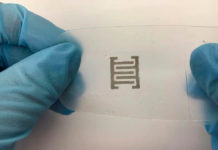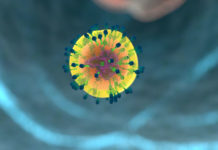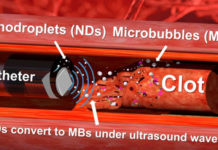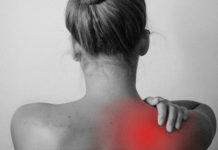 Scientists at WFIRM (Wake Forest Institute for Regenerative Medicine) have developed a mobile device for skin bioprinting. The gadget is the first to allow you to apply a 2-layer skin directly on the wound. The development will help get rid of even non-healing chronic wounds, such as burn injuries or diabetic ulcers. It is particularly relevant at war, where burns are responsible for 10 to 30 percent of the military casualties among soldiers.
Scientists at WFIRM (Wake Forest Institute for Regenerative Medicine) have developed a mobile device for skin bioprinting. The gadget is the first to allow you to apply a 2-layer skin directly on the wound. The development will help get rid of even non-healing chronic wounds, such as burn injuries or diabetic ulcers. It is particularly relevant at war, where burns are responsible for 10 to 30 percent of the military casualties among soldiers.
Sean Murphy, Associate Professor at WFIRM, commented on the results. In his opinion, the mobility of the technology and the possibility of its use on the spot are especially important. By scanning and measuring wounds, the system allows cells to be placed directly in the area where they are needed.
The main skin cells are epidermal keratinocytes and dermal fibroblasts. They are easy to obtain from a small tissue biopsy and then expand. Fibroblasts synthesize collagen and extracellular matrix, which are critical in the process of wound healing. And keratinocytes predominate in the epidermis, the uppermost skin layer.
Mixed with hydrogel, the cells are placed in a bioprinter. An embedded technology processes images and includes a device that scans a wound. It transmits information to the software, telling the printheads which cells need to be delivered to the wound, layer by layer.
The process copies and accelerates the formation of the natural structure and normal functioning of the skin. Scientists have shown how their system works by printing the skin directly on preclinical models.






